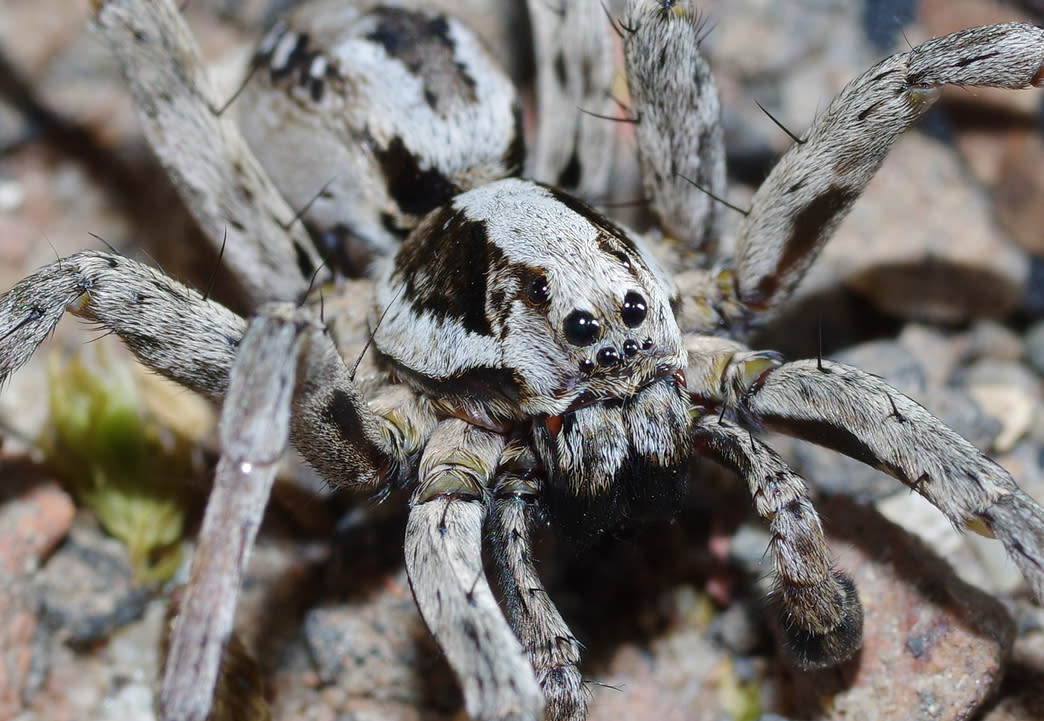‘Gorgeous’ spider thought to be extinct is found alive in Britain

One of Britain’s largest spiders has been found on an army training site in Surrey after 20 years without a sighting.
The great fox-spider is red-listed as ‘critically endangered’ and was feared to no longer exist in the UK as it had not been seen since 1999.
The two-inch-wide spider hunts down prey at night, pouncing like a wolf.
Spider enthusiast Mike Waite, of Surrey Wildlife Trust, said, “As soon as my torch fell on it I knew what it was. I was elated. It’s a gorgeous spider, if you’re into that kind of thing.”
He told The Guardian: “With coronavirus there have been lots of ups and downs this year, and I also turned 60, so it was a good celebration of that.”
Read more: Why spiders tend to invade houses in autumn
Waite had been hunting for the spider late at nights using a torch for two years.
Waite said, “I am naturally over-the-moon to have finally proved the continued existence of the great fox-spider in the UK.”
He finally found some spiderlings on Ministry of Defence land managed by the the Amphibian and Reptile Conservation Trust.

After finding a few males, he finally landed on a female great fox-spider, two inches in diameter.
The great fox-spider has not been seen since 1993 in Surrey and is at the very edge of its range in the UK, which accounts for its super rarity here,” Waite said.
“This formidable-looking creature is an impressive beast, perfectly camouflaged and also largely nocturnal, and for all its size it has been remarkably elusive.
“Although I’ve always held a latent interest in spiders, as a bona fide arachnologist, I am still a relative newbie, so am doubly pleased to have made this important contribution to our scientific knowledge.”
Watch: The unusual way this spider catches prey
Read more: Mysterious “rogue planet” could be even weirder than we thought
The ground-dwelling nocturnal spider has hairy spiny legs.
It has excellent eyesight, camouflage and speed, and is one of the largest of the wolf-spider Lycosidae family of spiders.
It’s known as a “wolf spider” because of its wolf-like habit of chasing down its prey, across sandy terrain, over gravel and rocks before pouncing and capturing insects on the run.

Rob Free, Weald reserves manager at Amphibian and Reptile Conservation (ARC), said: “The discovery of the great fox-spider shows how amazing the MOD heathland is, not just for spiders, but also for sand lizard, smooth snake, Dartford warbler, nightjar, silver-studded blue butterfly and marsh clubmoss.
“The spider’s rediscovery is a wonderful exoneration of all the incredibly hard work put in by MOD staff, conservation group members, ARC staff and volunteers.”
ARC has managed key parts of the site since 1974, with particular emphasis on preventing the endangered sand lizard from becoming extinct, and as MOD’s conservation partner.
Watch the latest videos from Yahoo UK News



